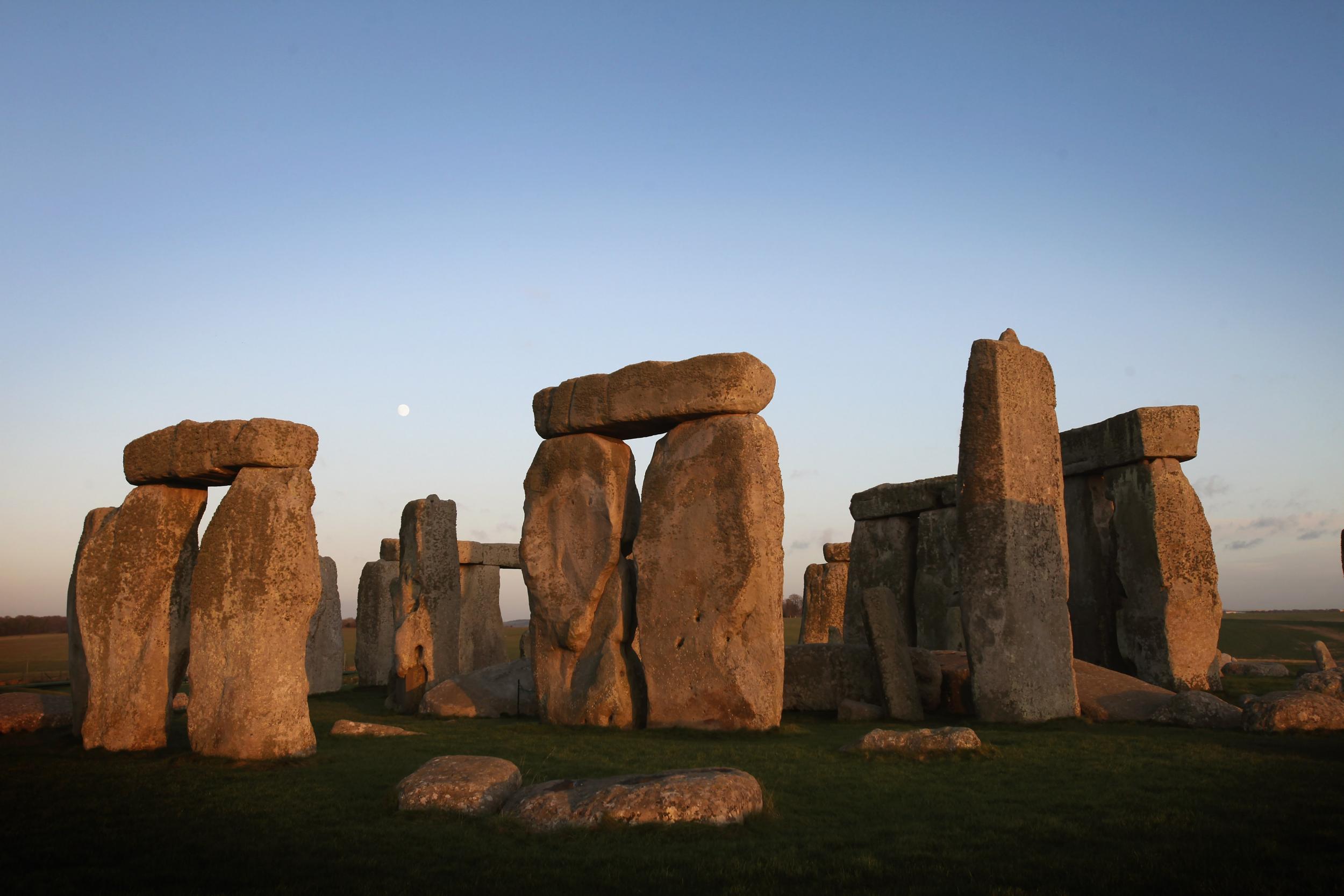Stonehenge: The most unsual theories about why the mysterious monument was built
Aliens, giants, or even team-building exercises are some of theories that attempt to explain Stonehenge's origins

As archaeologists have recently suggested, the mysterious origins of Stonehenge could be much different to what we usually think.
At a dig site in the Preseli hills in Pembrokeshire, a team led by Professor Mike Parker Pearson found evidence that the stones used to create Stonehenge were first used in a different monument in Wales.
The archaeologists used a variety of techniques, including radiocarbon dating on workers' campfires from millennia ago, to discover that holes cut into rocky outcrops to gather the stones were made centuries before Stonehenge was built.
The holes were dated to between 3,400 and 3,200 BC, but Stonehenge was only created in Wiltshire around 2,900BC.
Pearson told The Guardian that the "first Stonehenge" was in Wales and "what we're seeing at Stonehenge [in Wiltshire] is a second-hand monument."
He added: "Normally we don't get to make that many fantastic discoveries, but this is one."
In pictures: Stonehenge archaeological finds
Show all 12The discovery may provide a strong new theory for where the monument came from, but it's one of many out there, some of which are more rational than others.
Aliens provided the technology to build Stonehenge
There is little concrete evidence to reveal how Stonehenge was built.
Some of the biggest stones weigh 50 tons, but since the civilisation that built it left no written records behind, we don't know for sure how they did it.
At the time of Stonehenge's creation, the wheel had not even been built - modern tests have shown it is possible to move stones of similar size on rolling logs or sleighs, but the most archaeologists can do is make an educated guess.
Alternatively, they could have a read Erich von Däniken's seminal book Chariots of the Gods?, which makes the argument that many ancient megastructures such as Stonehenge, the Egyptian pyramids, and the Moai heads of Easter Island were built using know-how passed down from God-like aliens to mankind.
A giant did it
On the more conspiracy-theory end of the spectrum, some people believe that the Nephilim, a race of giants who were almost totally wiped out by Noah's flood, used their greater height and strength to help build Stonehenge.
It's a long shot, but it's not entirely without backing - in the oldest-known depiction of Stonehenge, which is found in a copy of the medieval history text Brut from the 1100s, a giant is shown helping Merlin construct the monument.
It's a nice theory, but the lack of historical evidence for giants puts a little dent in it.
It was a concert hall
A number of researchers in the cool-sounding field of archaeoacoustics have suggested that Stonehenge was built with music in mind.
According to some, the shapes and sizes of the rocks make for excellent acoustics - enhancing and amplifying the sounds of instruments and voices, and even creating some odd audio illusions, all of which could have been used in celebrations or rituals.
After a 2012 study into Stonehenge's acoustics, Bruno Fadenza, a Salford University researcher, told LiveScience that ancient people would have "perceived the sound environment around them changing in some way" as they entered Stonehenge, experiencing a similar odd sensation that we do today when entering cathedrals.
It was the focus of an ancient corporate team-building exercise
Even in the time before the wheel, ancient workers were subjected to tedious corporate away-days.
At least that's the theory proposed by some historians - including Pearson, who suggested in a 2012 book that the construction of the monument could have been a show of unity.
Stonehenge's construction came at a time of increased unification between the neolithic peoples of Britain - so the construction of the monument, which demanded the labour of many people and spanned a relatively huge area, could have been a manifestation of this unity.
It was an early observatory
Even if this theory were true, Stonehenge would obviously not look like a modern-day observatory - but the alignment of the stones could have been a way for the people who built the monument to track the movements of the sky.
Near the centre of the monument, there is a horseshoe-shaped opening that faces northeast - suggesting the designers of the monument wanted it to align with the points of sunrise and sunset during the winter solstice.
Radiocarbon dating on animal remains found near Stonehenge revealed that pigs were slaughtered either in December or January every year, suggesting an annual ritual around the time of the equinox.
Subscribe to Independent Premium to bookmark this article
Want to bookmark your favourite articles and stories to read or reference later? Start your Independent Premium subscription today.

Join our commenting forum
Join thought-provoking conversations, follow other Independent readers and see their replies